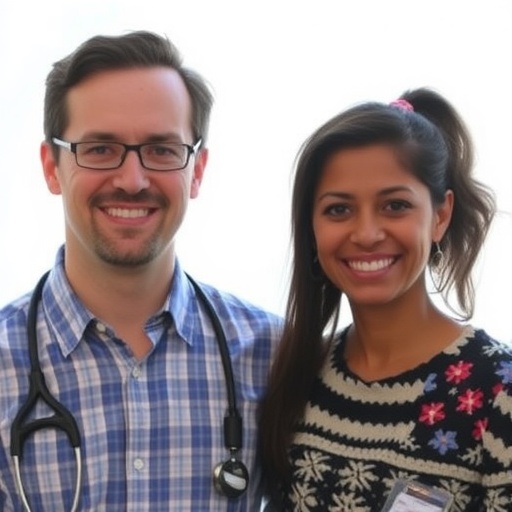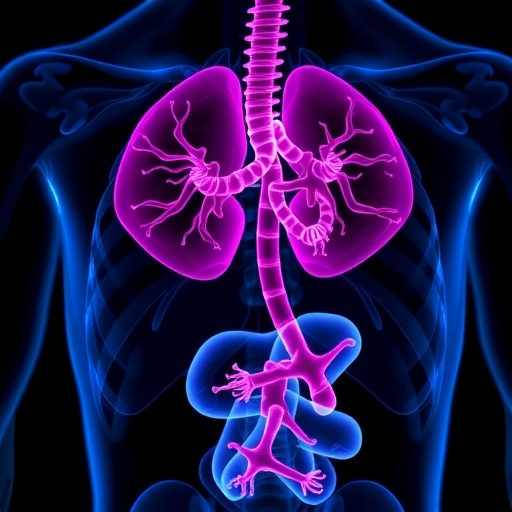Prostate cancer affects more than 23,000 men this year in the USA however the individual genes that initiate prostate cancer formation are poorly understood. Finding an enzyme that regulates this process could provide excellent new prevention approaches for this common malignancy. Sirtuin enzymes have been implicated in neurodegeneration, obesity, heart disease, and cancer. Research published online Thursday (Dec 18th) in The American Journal of Pathology show the loss of one of sirtuin (SIRT1) drives the formation of early prostate cancer (prostatic intraepithelial neoplasia) in mouse models of the disease.
Photo Credit: SPL
“Using genetic deletion we found that SIRT1 normally restrains prostatic intraepithelial neoplasia in animals. Therefore too little SIRT1 may be involved in the cellular processes that starts human prostate cancer,” said Dr. Richard Pestell, M.D., Ph.D., MBA, executive Vice President of Thomas Jefferson University and Director of the Sidney Kimmel Cancer Center. “As we had shown that gene therapy based re expression of SIRT1 can block human prostate cancer tumor growth, and SIRT1 is an enzyme which can be targeted, this may be an important new target for prostate cancer prevention.”
The researchers led by Dr. Pestell, created a mouse model that lacked SIRT1 and noticed that these mice were more likely to develop an early form of prostate cancer called prostatic intraepithelial neoplasia (PIN).
Other researchers had shown that SIRT1 can defend the cell against damage from free radicals. Pestell’s group took the work further by showing that in this prostate cancer model, free radicals built up in cells lacking SIRT1. They showed that normally, SIRT1 proteins help activate a mitochondrial protein called SOD2, in turn activating those proteins to keep free-radical levels in check. When SIRT1 level are diminished, SOD2 is no longer effective at removing free radicals, allowing a dangerous build up in the cells, and leading to PIN.
“The next step,” says first author Gabriele DiSante, Ph.D., a postdoctoral fellow in the department of Cell Biology at Jefferson, “is to determine if this is also important in the development of human prostate cancer.”
Story Source:
The above story is based on materials provided by Thomas Jefferson University.





